Other Pages
- Opinion Poll
- About Us
- Send Your Story
- Contact Us
- Newsletter
- Privacy Policy
- Terms and Conditions
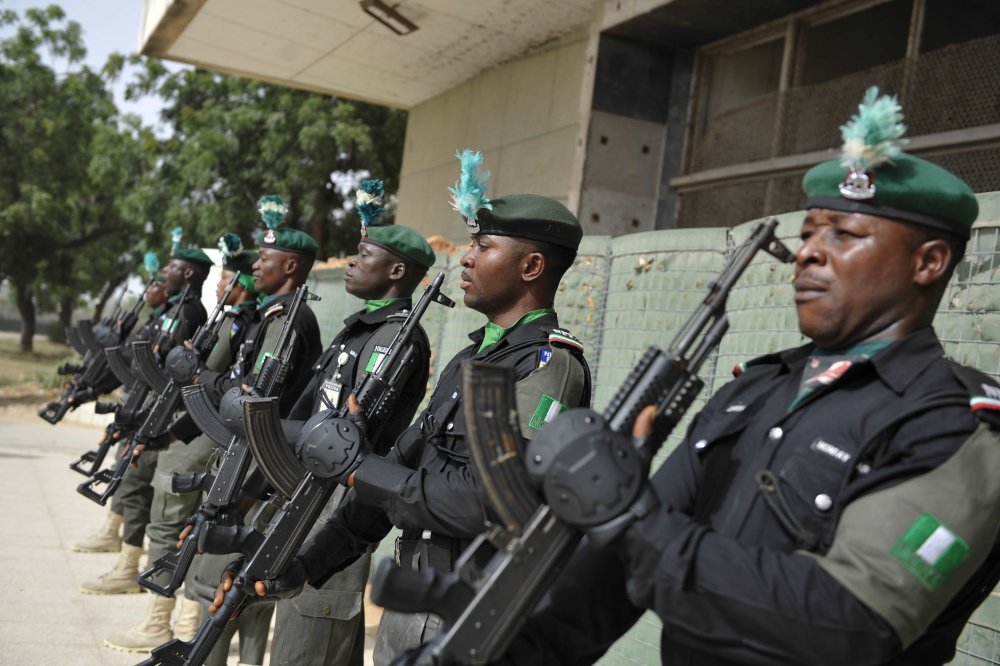
Look no further, here are all you need to know about the Nigeria Police Force (NPF) ranking, symbols, establishment and duties. NPF is the foremost law enforcement agency and the lead security personnel in Nigeria with the deployment of staff across the 36 states and the Federal Capital Territory (FCT).
The Nigeria Police which was first established in 1820 and re-established in Imo State as the Nigeria Police Force (NPF), after several transformations is headed by the Inspector General of Police (IGP).
The fundamental duties of the police as designated in the 1999 Nigerian constitution is to safeguard the lives and properties of citizens; protect the innocent; restore peace and order in the community service and ensures the rights of all to liberty, equality and justice is maintained.
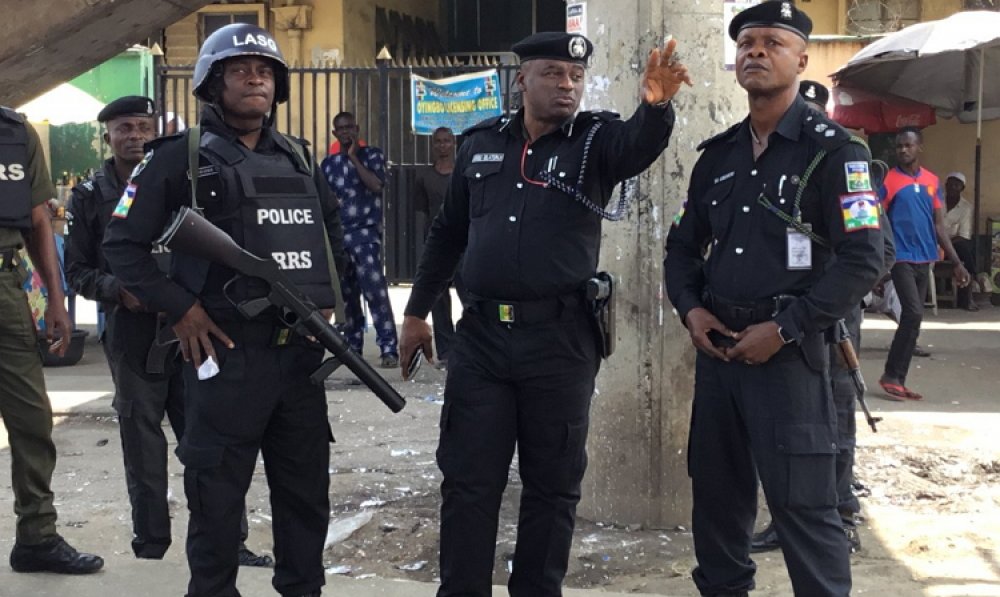
The police force unit has different symbols that represent its rankings as other paramilitary organizations do to distinguish personalities in the force. The Nigeria police ranks and symbols sign entails a lot of information and in this article, we will be breaking it down bit by bit for you to understand.
In their capacity, they also perform military duties within and outside the country upon instruction. Remember, there are specific requirements for joining each of the Nigerian police ranks. So, if you are interested in joining the police force, you should learn about these requirements.
READ ALSO: Geopolitical Zones In Nigeria And Their State

Here are the fifteen (15) ranks and symbol of the Nigerian Police Force with their various functions. Knowing these requirements will give you the opportunity to understand and also set your goals for a great career in the Nigerian Police Force.
In this post, the ranking will be done in descending order for easy understanding.

The Inspector-General of Police
The Deputy Inspector-General of Police
The Asst. Inspector-General of Police
The Commissioner of Police (In-charge of contingents in a state)
The Deputy Commissioner of Police
The Assistant Commissioner of Police
The Chief Superintendent of Police
The Superintendent of Police
The Deputy Superintendent of Police
The Asst. Superintendent of Police
The Inspector of Police
Sergeant Major
Sergeant
Corporal
Constable
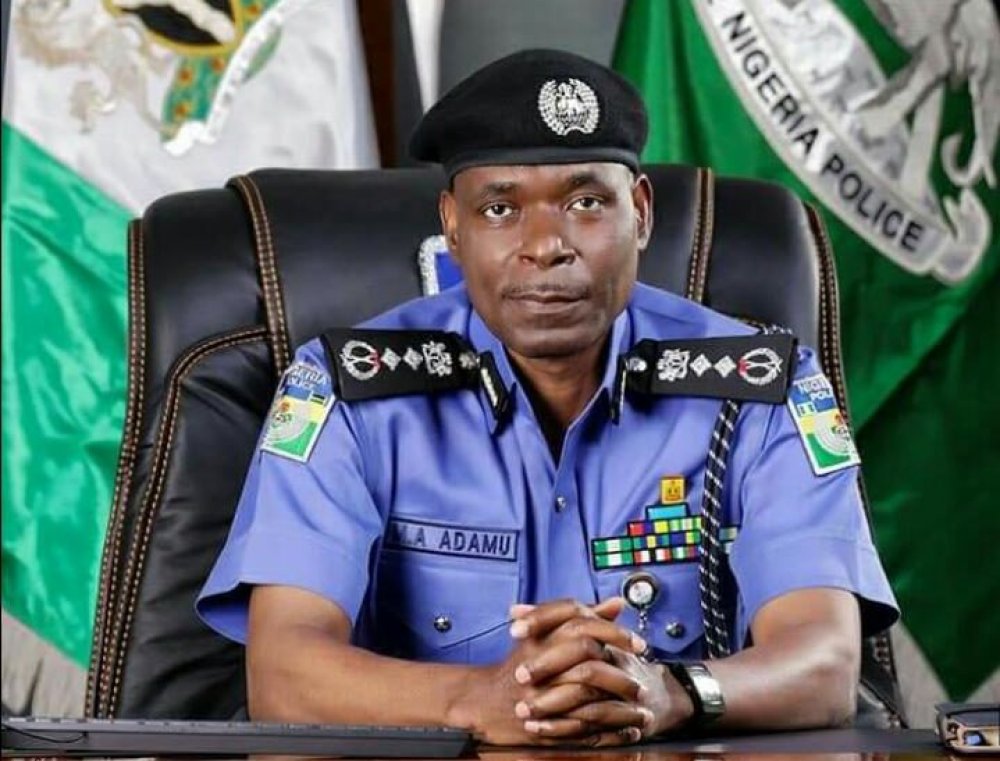
The Inspector-General of Police (IGP) is the highest rank and the most senior officer in the police service, basically, the IGP is the one in charge of the entire police force.
The IGP controls the force through the chain of command of the Police Force. Nigeria has had a total of 21 IGPs from 1964 to 2021. Presently Usman Alkali Baba is the current acting IGP of the Nigeria Police Force.
The Nigerian police logo for the rank of Inspector General of Police is Nigeria’s coat of arms, two stars, and crossed tipstaves surrounded by a laurel wreath worn on the shoulder.
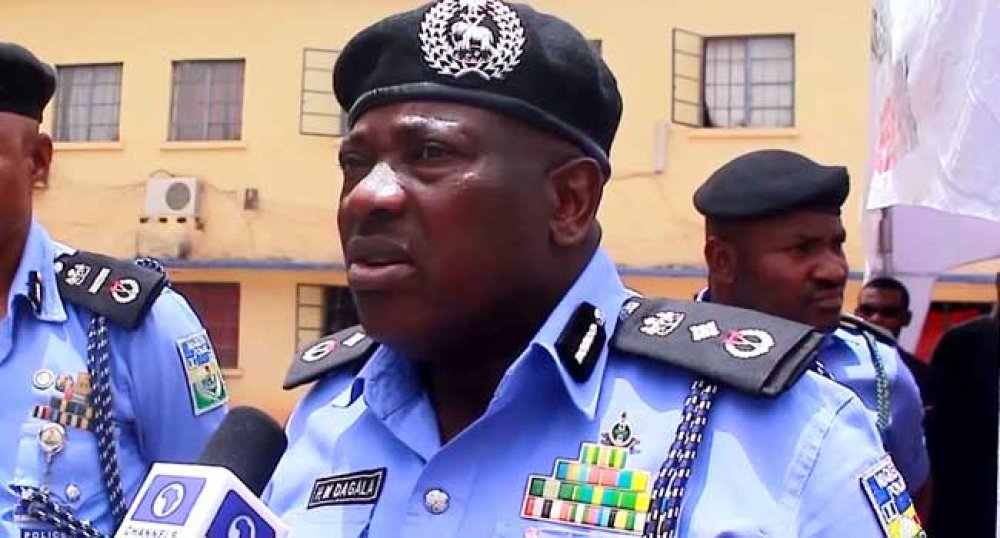
The second in command in the Nigeria Police Force is the Deputy Inspector General of Police (DIG). In his capacity acts in the absence of the IGP. The seven (7) administrative departments of the police force are headed by one Deputy Inspector General of Police. According to Section 5 of the Police Act, the Nigeria Police Council determines the number of DIGs.
The Nigeria police force logo for the rank of DIG is Nigeria’s coat of arm, one star, and crossed tipstaves surrounded by a laurel wreath worn on the shoulder of their uniform.

The Assistant Inspector-General of Police (AIG) is the third-ranked personality in the Police Force and works solely under the Deputy Inspector General of Police (DIG) as a subordinate. The AIG is under the authority and control of the Deputy Inspector General of Police and the Inspector General and acts as the Inspector General when the DIG and IG are not available.
READ ALSO: LIFE: Meet Abdulrasheed Bawa, The New EFCC Chairman Whose CV Wows The World
According to the Police Act, there are rooms for more than one AIG. Some AIGs are in charge of Police Zonal Commands while some are in charge of Police Special Formations.
The symbol that denotes the rank of the Assistant Inspector General of Police is the Nigerian Coat of Arm, one bar and Cross tipstaves surrounded by a laurel wreath worn around the shoulder of his uniform.

The Commissioner of Police (CP) is the one in charge of the administration and command of the contingent of the Nigerian Police Force in a state by overseeing the affairs of the force to the Local Government Area.
The states' Commissioners of Police are appointed by the Inspector-General of Police and approved by the Police Service Commission takes instructions and directives directly from the Inspector General of police or anyone acting in the absence of the Inspector General.
The symbol of the commissioner of police’s rank is the Nigerian Coat of Arm and a crossed tipstaves surrounded by a laurel wreath worn around the shoulder.
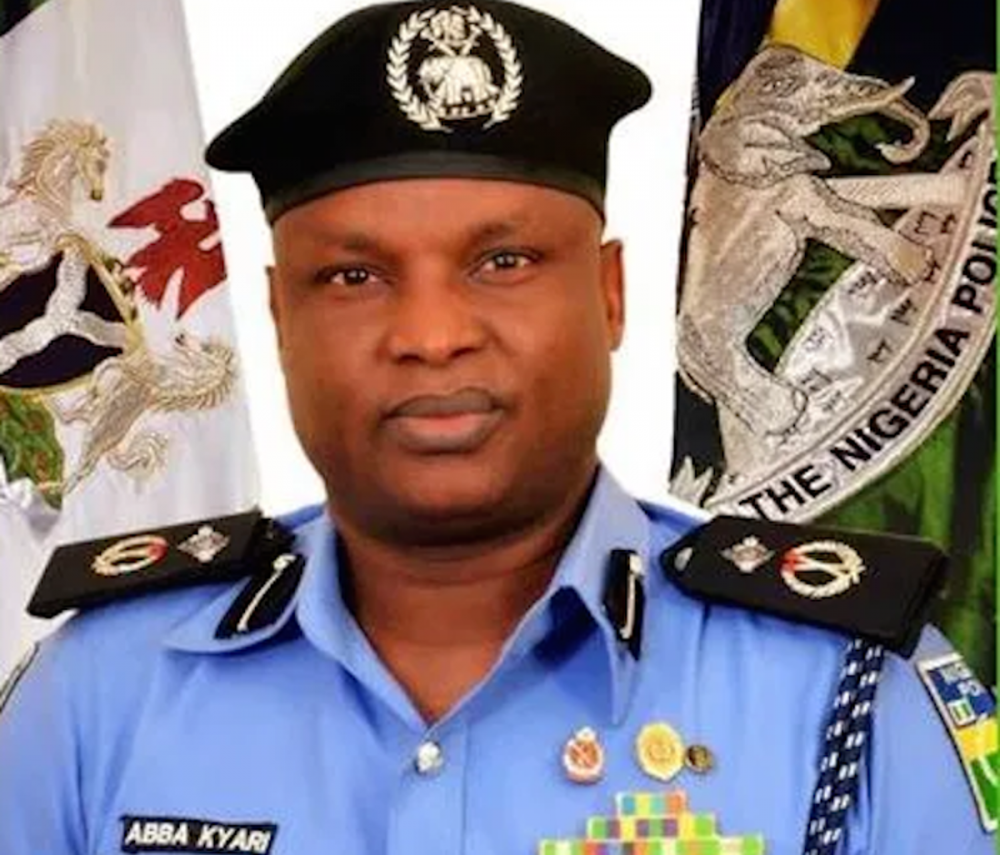
At the State level, the Deputy Commissioner of Police (DCP) is the second-highest-ranking officer in the Police Command. The DCP heads the area command of the state and stand-in for the CP when he is not available.
As a subordinate to the State Commissioner, the DCP receives a directive from the Commissioner of Police in the discharge of his/her duties. The police rank and symbol denoting the rank of the DCP is a star and crossed tipstaves surrounded by a laurel wreath worn on the shoulder of the uniform.
The Assistance commissioner of police (ACP) is subordinate to the Deputy Commissioner of Police (DCP) and the Commissioner of Police (CP). In the absence of both the CP and DCP, the ACP can stand in their stead and make an order.
He assists the DCP and the symbol for the rank of the Assistant Commissioner of Police is the crossed tipstaves surrounded by a laurel wreath worn on the shoulder of the uniform.
The Chief Superintendent of Police (CSP) ranked as the highest of the superintendent in the Nigeria Police Force. Most often time the rank of CSP is given to the police officer in charge of a department of the police force command of a state.
The CSP works directly with the state commissioner and the Inspector. The rank of Chief Superintendent of Police is symbolized by the Nigerian Coat of Arm and a star.
The Deputy Superintendent of Police (SP) is the second-highest-ranking officer in the Police State Command. The SP works directly under the command of the Chief Superintendent of Police and receives the instruction as well.
He/she can stand-in for the state Commissioner of Police in his absence. The symbol of Superintendent of Police rank is the Nigerian Coat of Arm.
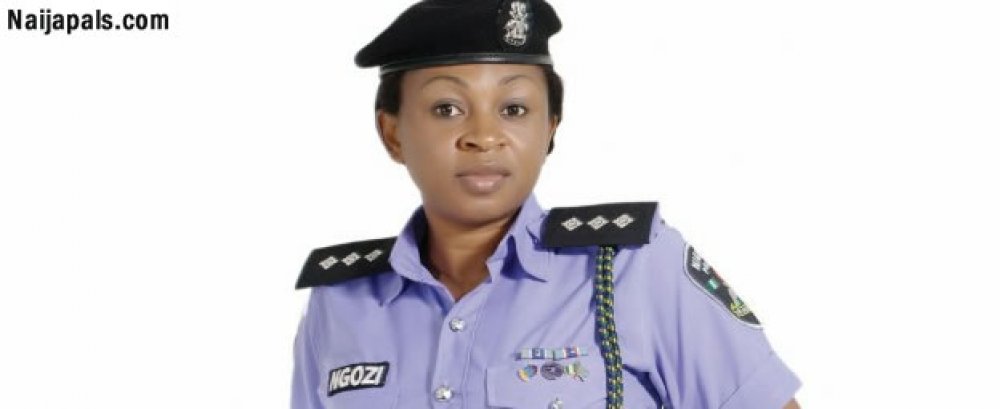
The Deputy superintendent of police (DSP) is superior to the Assistant Superintendent of Police and can stand in the absence of the Superintendent of Police (SP).
The DSP acts as the Superintendent of Police and the Chief Superintendent of Police. The symbol of this rank is the arrangement of three stars that are vertically arranged.

The Assistant Superintendent of Police (ASP) is the 6th lowest rank in the police force and the rank is active and confirmed unlike the Assistant Superintendent of Police on Probation.
The ASP is subordinate to the other entire Superintendent that precedes it. The symbol of the Assistant Superintendent of Police is the two stars that are arranged vertically.
The rank of the Inspector of Police (IP) is segmented into the Cadet Inspector and manages teams of sergeants and constables. The IP rank is the lowest rank held by a police officer after undergoing training and commissioned as an officer. But IP ranks higher than sergeant and sergeant major.
The confirmed inspector of police has a tiny horizontal bar set above a fat horizontal bar, the Principal Inspector has three parallel bars while the Chief Inspector has four horizontal bar.

The sergeant-major is the fourth rank in the Nigerian police force and is superior to the sergeant, corporal, and constable. Also, the Sergeant Major assists the administrative officer of a particular regiment.
It is the highest-ranking for a non-commissioned police officer. The symbol for the Sergeant Major rank is the Nigerian Coat of Arm.
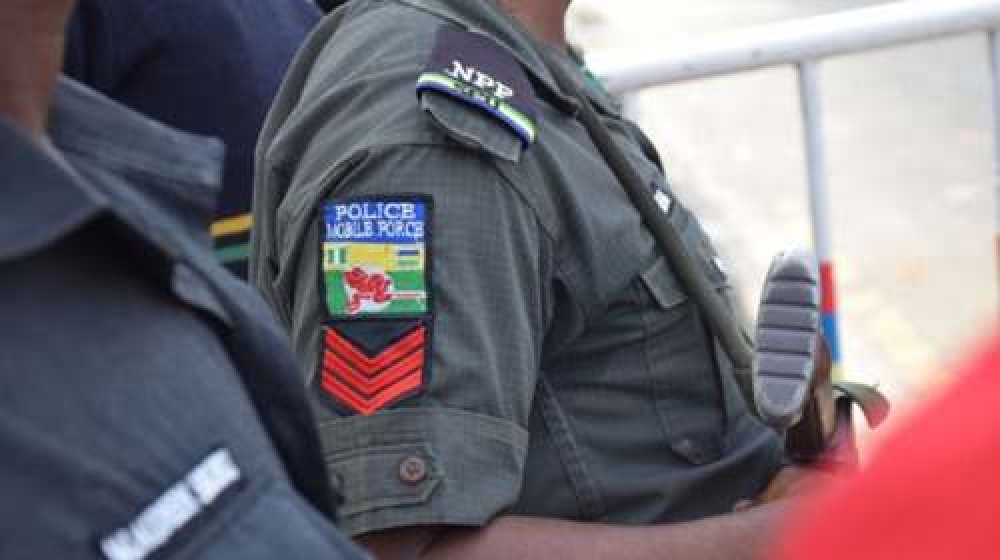
The sergeant is third junior rank and is superior to the constable and corporal. The symbol of the Sergeant rank is the red colour arrowhead (3) pointing downwards.

Police corporals are first-line supervisors, overseeing police officers within a specific squad or unit; for example, a corporal might direct the activities of the traffic and parking enforcement squad. The Corporal fulfils the sergeant's duties when they are absent.
He/she respond to police calls and perform law enforcement duties, but they also oversee a range of administrative functions, including performing roll call, staff planning, officer evaluations and training, and communication. The title of corporal is typically given as a promotion to an officer who has displayed leadership and exemplary performance.
READ ALSO: Police, DSS Should Invite Nigerians Who Make Insubstantial Claims On Social Media
The symbol of the Corporal rank is the red colour arrowhead (2) pointing downwards.
A Police Constable is a newly employed policeman. It is said to be the lowest rank in Nigeria Police. it also has two grades.
A Police recruit is a person who is undergoing training to become a member of the police force. Technically, it is not a rank in the police force, as an individual here is just a trainee.

The structure of the Nigeria Police Force is provided for in section 214 (2)(a) and 215(2) of the 1999 Constitution and these structures are patterned to meet the constitutional expectations of the Police, to perform effectively the duties assigned to it.
Command (Authority) Structure.
Administration structure
Organisation structure
1 Comment(s)